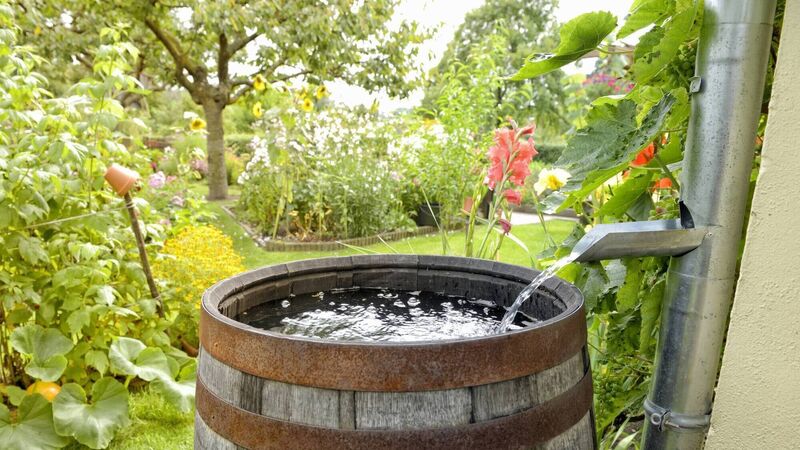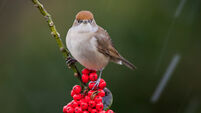How to use rainwater and grey water this summer

Rainwater is a huge benefit in summer when hosepipe bans can limit our use of fresh water around the garden. File pictures
Every day, each of us uses in the area of 113 litres of fresh water, and every day we lose around 37% of our treated water supply straight into the ground before it ever reaches a tap (Uisce Eireann). We may have won the battle against water charges (for now), but let’s show our respect for our most precious resource.
Together with reducing your freshwater usage wherever possible (water saving showers/energy efficient appliances/not running taps needlessly and so on) there are plenty of simple ways to manually divert your processed, grey supply, and to harvest rainwater in volumes easily turned over for use around the garden.












